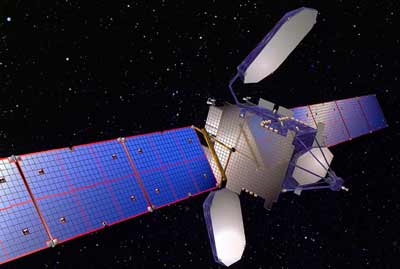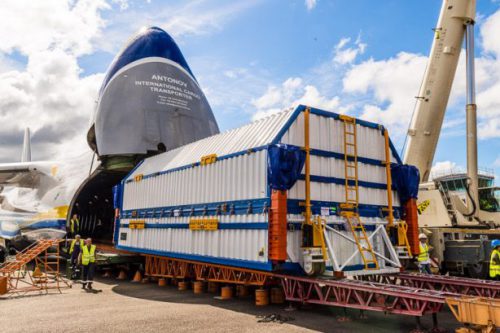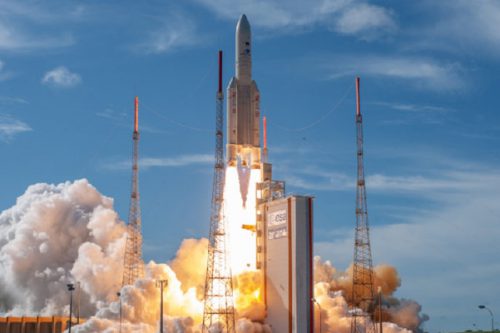
Back to selection
GEO Satellite
Eutelsat 115 West A (SatMex 5) GEO
succesfull
Launch date
5 December 1998
Country

Purpose
Communication
Position
115° West
Manufacturer
Operator
Launch operator
Launch vehicle
Ariane 5ECA
Expected lifetime
15 Years

In August 1996, Hughes Space & Communications International, Inc. (HSCI), aka Boeing Satellite Systems International, Inc., signed a contract with SATMEX from Mexico, formerly owned by Telecomm, for the construction of Morelos 3, later renamed SatMex 5, a Hughes HS-601HP body-stabilized satellite. SatMex 5 was successfully launched on December 5th, 1998, on an Ariane rocket operated by Arianespace.
SatMex 5 was a Hughes HS-601HP or “high power” version of the body-stabilized spacecraft. It features more than 7kW of payload power, at least 10 times the capacity of Morelos 2. Through such innovations as dual-junction gallium arsenide solar cells, radiation-cooled traveling-wave tube amplifiers (TWTA’s), advanced battery technology, and a Xenon ion propulsion system, XIPS, the HS-601HP could carry payloads twice as powerful as those on the HS 601 models, with an expected 15-year mission lifetime. However, the XIPS propulsion system of SATMEX 5 failed on 27. January 2010.
The satellite beams expand the coverage to the whole American continent, providing services to countries such as Argentina, Brazil, Chile, Colombia, El Salvador, Peru, Venezuela and the United States, among others.
SatMex 5 was built in the Integrated Satellite Factory of Hughes Space & Communications Company in El Segundo, Califonia USA. As with the earlier Morelos and Solidaridad programs, the working team consisted of both Hughes and Mexican personnel. Mexico sent more than 10 engineers to work on the design and intergration of the spacecraft.
SATMEX was acquired by satellite operator Eutelsat in 2014 and rebranded Eutelsat Americas. In May 2014 In 2012 Eutelsat renamed their satellites under a unified brand name. SatMex 5 became Eutelsat 115 West A.
The satellite was retired in 2016 and was moved into a graveyard orbit above the geostationary belt.
GEO Satellite
Eutelsat 115 West A (SatMex 5)
succesfull
GEO Satellite
Eutelsat 115 West A (SatMex 5)
succesfull
GEO Satellite
Eutelsat 115 West A (SatMex 5)
succesfull

